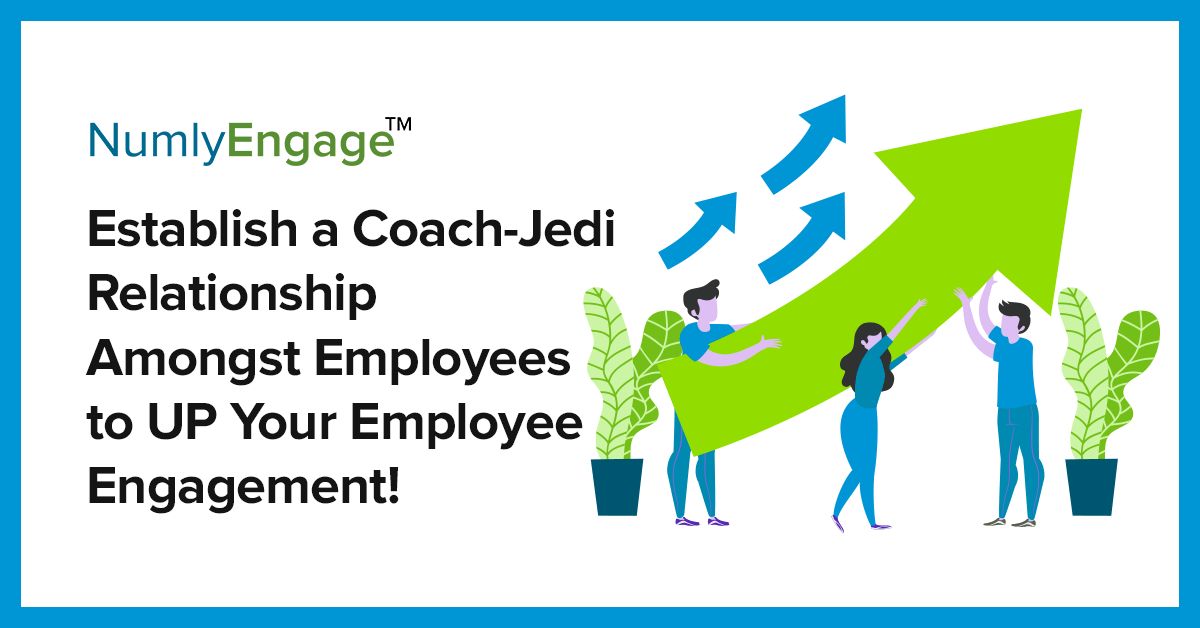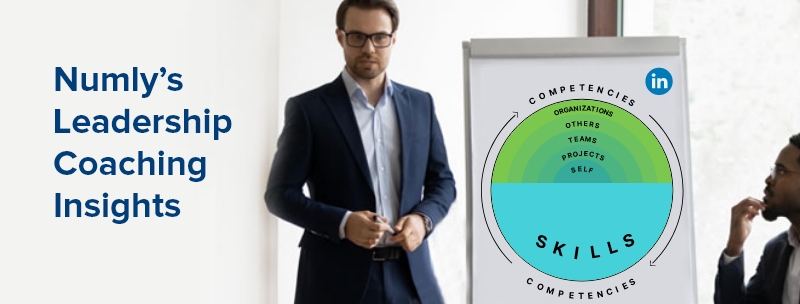The impact of employee engagement on productivity and business growth, is one of the key reasons why organizations worldwide are focusing and honing their employee engagement strategies.
Research shows that organizations with high employee engagement levels are 21% more profitable. Another study on workplace engagement shows that disengaged employees cost an organization $450-550 billion each year.
Employee engagement has a clear impact on business outcomes and hence should become (if it is not already so) one of the key strategic initiatives of an organization.
However, we also have to consider the multiple forces at play in today’s work environment. The intensity of competition in today’s markets has increased due to technological advancements and globalization. Also, organizations are working with a multi-generational workforce, with millennials and Gen Z now establishing a dominant presence.
Given these shifts, a traditional employee engagement strategy that relies solely on annual engagement surveys and cosmetic perks no longer holds water. The expectations of today’s workforce from their organizations are different. To resonate with the new workforce, it becomes imperative for employee engagement strategies to drive consistent and multi-touch interactions.
So what goes into designing such an employee engagement strategy?
Focus on context
Content could be king, but context is the emperor.
Owing to the rise of the multi-generational workforce, a multi-touch employee engagement strategy begins with moving away from the traditional ‘cut-and-paste’ model and towards becoming more contextual.
Today we are looking at remote and geographically dispersed teams, specialized job roles, and different motivations to work. Elements like age, gender, ethnicity, and personality also impact engagement levels.
To be relevant to the workforce, the engagement strategy has to be contextual and has to address the different needs of all employees. For example, the engagement needs of a fresher will be different from that of a senior manager. The parameters of engagement will be different for a remote worker or a frontline employee than the employees who work together from a physical office space. The engagement needs of women employees could be different from their male counterparts.
Instead of going by the traditional gut-feel, organizations today have to take a more quantified and measurable approach to measure the exact needs of their workforce. Leveraging assessments such as Behavioral Skill Assessment tests and 16 Personality Factor assessments can jumpstart employee engagement initiatives and make them contextual and relevant to the workforce. It also helps them further their professional goals and helps them find a purpose in their job roles. All of these contribute to higher engagement levels.
By recognizing these differences, organizations have to strive to create contextual training plans which resonate with the employees and encourage them to invest discretionary efforts towards their roles and responsibilities.
Keep it continuous
Traditional employee engagement strategies depend on annual surveys, occasional training programs, and cosmetic attractions such as fancy cafeterias and lavish end-of-year parties. However, as we see the rise of the millennial workforce, we are compelled to take cognizance of the one thing they demand – ‘value’ and ‘purpose’.
Employee engagement strategies have to become more value-driven and have to now deliver a tangible impact on the lives of the employees by becoming more purposeful. For this to happen, engagement strategies have to move beyond their occasional appearance and have to become more intentional, continuous, and focused on creating meaningful exchanges.
This can only happen when engagement becomes a continuous exercise. Organizations have to be on a continuous exploration mode to proactively identify the needs of their workforce based on quantified data. Continuously evaluating the needs of the employees, tracking progress, and designing initiatives to help them succeed in their professional journey will drive higher engagement. The end of the year annual engagement survey is now redundant.
Keep it dynamic
Much like how organizations expect their employees to be on the path of continuous improvement, their engagement strategies have to be the same. Engagement initiatives such as learning and development programs, upskilling and reskilling programs, power skill training also have to adopt this road of continuous improvement and evolution according to the skill levels of the employees.
As employees undergo skill improvement initiatives, be it training, coaching or mentoring, organizations have to develop the capability to measure the impact of these initiatives. With the data in hand, organizations can then customize and improve their training plans.
For this, all engagement initiatives must be tweaked and designed to meet the learning needs of the employees. Using technologies such as AI can help organizations further this goal by gaining deep and contextual insights into each employee’s skill gap, learning needs, and learning process. Being dynamic in approach is essential for the success of all employee engagement initiatives.
Continuous engagement leads the road to success
Employee engagement initiatives have to be a continuous process. This demands continuous interaction of the key stakeholder with the employees. Organizations have to facilitate two-way conversations between employees and those involved (such as mentors and coaches) and create channels that allow the invested parties to converse, listen, and proactively manage progress and enable employees where work happens.
Such an approach also ensures that feedback does not become restricted to the end of the engagement initiative and becomes more continuous in its approach.
This continuous feedback loop gives employees the platform to address any issues that they face while participating in these programs, thereby allowing the organization to fine-tune and hone their initiatives to suit the needs of their demographic.
Additionally, organizations also have to become more analytics-driven and employ technologies such as AI and Machine Learning to power interactions in employee engagement strategies and make them more relevant and meaningful and hence more impactful.
What about power skills?
Companies have been hyper-focused on improving the technical skills of their workforce because of the changing nature of work itself. However, organizations are also waking up to the rising importance of recharging the power skills of their employees to remain competitive in a world that thrives on collaboration and change.
However, power skill development cannot be ascertained with day-long training programs. Given these skills are behavioral, they have to be reaffirmed continuously to ensure that they become a part of an employee’s second nature. The journey to progress here comes from leveraging robust mentoring sessions that are focused, contextual, personalized, and continuous.
Identifying the power skill needs of the workforce by leveraging skill assessment tests helps organizations design clear paths for their employees to hone and improve their skill sets. This, in turn, delivers transformational value to the organization as these skills impact how teams work and collaborate.
In conclusion
If you want your organization’s employee engagement strategy to drive consistent and multi-touch interactions, you can leverage the NumlyEngage™ platform. With NumlyEngage™, you can take a structured approach to skill development by using consistent and multi-touch interactions, that are continuously scaled and nurtured by AI.
You also gain access to a rich catalog of 185+ soft skills, with 12+ new pre-packaged Engagement Program Templates targeting various departments and audience segments while addressing their key enterprise functions and disciplines. The platform employs built-in customizable processes to assist organizations get started on specific skill sets by quickly and effectively defining a unique and personalized set of Coaches and Jedi within the organization. It is designed to help organizations take their employee engagement, performance and productivity initiatives to the next level.
If this has piqued your interest, let’s connect to see how we can power up your organization’s employee engagement initiatives. Reach out at numlyengage-support@numly.io to schedule a Demo today!

